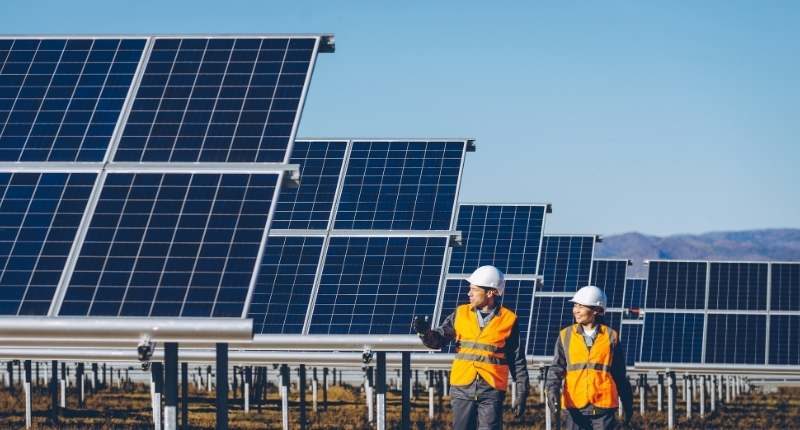- UNSW researchers use data from home solar to improve grid operations
- Australia leads the world in home solar usage
- Lightening strikes and other phenomena strains system, data aids power security
Background
It’s a solar frenzy; Australia is the world leader in home solar said Naomi Stringer from UNSW’s School of Photovoltaic and Renewable Energy Engineering.
No wonder too, back in mid-February New South Wales changed the law to make solar in strata easier, only a simple majority was needed to agree on getting solar installed. It isn’t limited to just the panels but includes the whole gamut like battery storage and electric vehicle charging points.
Batteries have also been all the rage, the ACT rebating some 1,600 homes for the technology, Federal Labor yesterday launched an initiative to get more batteries into homes if they win at the next election.
The solar sensation has also sent up a surge in scrutiny, a safety blitz on solar installations was announced back at the beginning of March this year.
A week ago, the Australian National University, CSIRO and United States company Sandia National Laboratories announced a partnership to develop special solar technology that didn’t require the usual panels to generate electricity, so unique it even produces electricity into the night, and no it’s not an April Fools.
Big data
Researchers are calling on that buzzword we’ve been hearing about over the past few years: big data.
Gathering data means researchers will gain a better idea about how efficient solar is, and what usage is like. Australian Energy Market Operator (AEMO) teamed up with the University of New South Wales to conduct research, AEMO said it’s vital to improving solar:
“The findings of this project will help us build the smarter grid we need to operate securely, safely and reliably with much higher levels of distributed generation. It’s making sure we’ve got the tools in place and can support the decisions that consumers are making to invest in these kinds of resources.”
Violette Mouchaileh, AEMO’s Chief Member Services Officer
It will help ” improve planning and operation of the grid power system. It aims to ensure that conservative measures that might adversely impact PV system owners and the public more generally are avoided.”
Another consideration and observation to make is how solar reacts to failures and natural phenomena:
“Impacts of rooftop solar can be particularly acute during disturbance events when the grid is already strained, posing new risks to power system security. However, there are also important opportunities to harness rooftop solar capabilities to help restore power system security. Despite this growing role and potential impact, there is very little data showing how solar PV behaves in the field during such events.”
Naomi Stringer, Project lead from UNSW’s School of Photovoltaic and Renewable Energy Engineering








